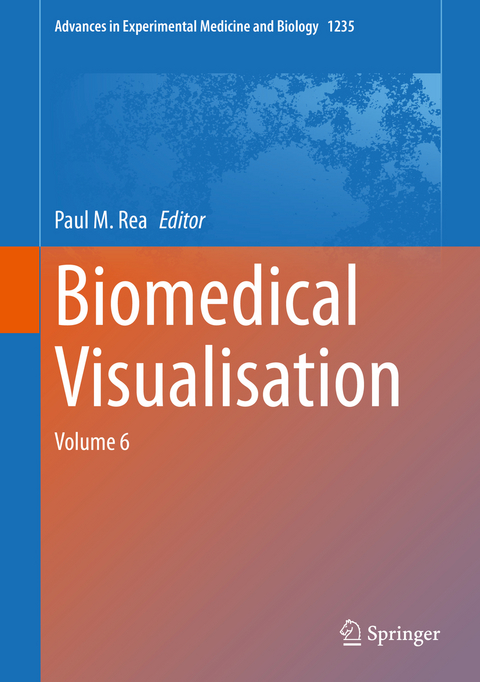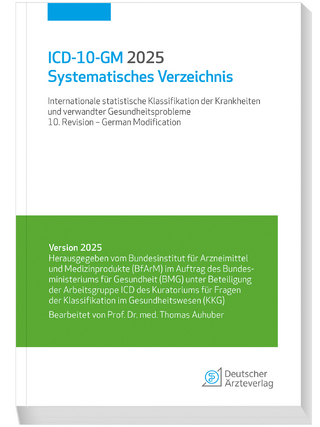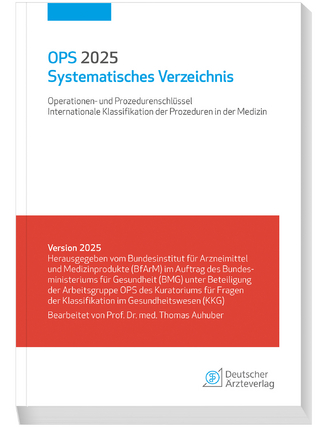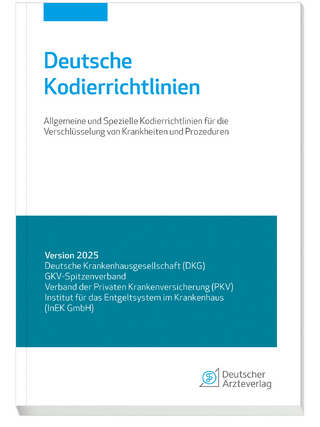
Biomedical Visualisation
Springer International Publishing (Verlag)
978-3-030-37638-3 (ISBN)
This edited book explores the use of technology to enable us to visualise the life sciences in a more meaningful and engaging way. It will enable those interested in visualisation techniques to gain a better understanding of the applications that can be used in visualisation, imaging and analysis, education, engagement and training.
The reader will be able to explore the utilisation of technologies from a number of fields to enable an engaging and meaningful visual representation of the biomedical sciences, with a focus in this volume related to anatomy, and clinically applied scenarios.
The first eight chapters examine a variety of tools, techniques, methodologies and technologies which can be utilised to visualise and understand biological and medical data. This includes web-based 3D visualisation, ultrasound, virtual and augmented reality as well as functional connectivity magnetic resonance imaging, storyboarding and a variety of stereoscopic and 2D-3D transitions in learning. The final two chapters examine the pedagogy behind digital techniques and tools from social media to online distance learning techniques.
Paul is a Professor of Digital and Anatomical Education at the University of Glasgow. He is qualified with a medical degree (MBChB), a MSc (by research) in craniofacial anatomy/surgery, a PhD in neuroscience, the Diploma in Forensic Medical Science (DipFMS), and an MEd with Merit (Learning and Teaching in Higher Education). He is an elected Fellow of the Royal Society for the encouragement of Arts, Manufactures and Commerce (FRSA), elected Fellow of the Royal Society of Biology (FRSB), Senior Fellow of the Higher Education Academy, professional member of the Institute of Medical Illustrators (MIMI) and a registered medical illustrator with the Academy for Healthcare Science. Paul has published widely and presented at many national and international meetings, including invited talks. He sits on the Executive Editorial Committee for the Journal of Visual Communication in Medicine, is Associate Editor for the European Journal of Anatomy and reviews for 24 different journals/publishers. He is the Public Engagement and Outreach lead for anatomy coordinating collaborative projects with the Glasgow Science Centre, NHS and Royal College of Physicians and Surgeons of Glasgow. Paul is also a STEM ambassador and has visited numerous schools to undertake outreach work. His research involves a long-standing strategic partnership with the School of Simulation and Visualisation. The Glasgow School of Art. This has led to multi-million pound investment in creating world leading 3D digital datasets to be used in undergraduate and postgraduate teaching to enhance learning and assessment. This successful collaboration resulted in the creation of the worlds first taught MSc Medical Visualisation and Human Anatomy combining anatomy and digital technologies. The Institute of Medical Illustrators also accredits it. This degree, now into its 8th year, has graduated almost 100 people, and created college-wide, industry, multi-institutional and NHS research linked projects for students. Paul is the Programme Director for this degree.
Web-based 3D visualisation of biological and medical data.- Ultrasound-Guided Regional Anaesthesia: Visualising Nerve and Needle.- Scanning conditions in functional connectivity magnetic resonance imaging: how to standardise resting-state for optimal data acquisition and visualisation?.- Interactive VR Stroke Rehabilitation System Design.- Systematic review of Augmented and Virtual Reality in anatomical education.- Interdimensional travel: Visualisation of 3D-2D transitions in anatomy learning.- Anatomy Visualizations Using Stereopsis: Assessment and Implication of Stereoscopic Virtual Models in Anatomical Education.- Storyboarding in Medical Animation.- The hidden curriculum of imaging and utilisation of unregulated social media resources within clinical education.- Online distance learning in biomedical sciences: Community, belonging and presence.
| Erscheinungsdatum | 04.06.2020 |
|---|---|
| Reihe/Serie | Advances in Experimental Medicine and Biology |
| Zusatzinfo | XV, 181 p. 69 illus., 37 illus. in color. |
| Verlagsort | Cham |
| Sprache | englisch |
| Maße | 178 x 254 mm |
| Gewicht | 564 g |
| Themenwelt | Informatik ► Weitere Themen ► Bioinformatik |
| Medizin / Pharmazie ► Medizinische Fachgebiete ► Biomedizin | |
| Medizin / Pharmazie ► Physiotherapie / Ergotherapie ► Orthopädie | |
| Naturwissenschaften ► Biologie ► Genetik / Molekularbiologie | |
| Technik ► Medizintechnik | |
| Technik ► Umwelttechnik / Biotechnologie | |
| Schlagworte | 3D Printing • Computing Technology • E-Tutorial • Photogrammetry • Virtual and Augmented Reality |
| ISBN-10 | 3-030-37638-9 / 3030376389 |
| ISBN-13 | 978-3-030-37638-3 / 9783030376383 |
| Zustand | Neuware |
| Informationen gemäß Produktsicherheitsverordnung (GPSR) | |
| Haben Sie eine Frage zum Produkt? |
aus dem Bereich


